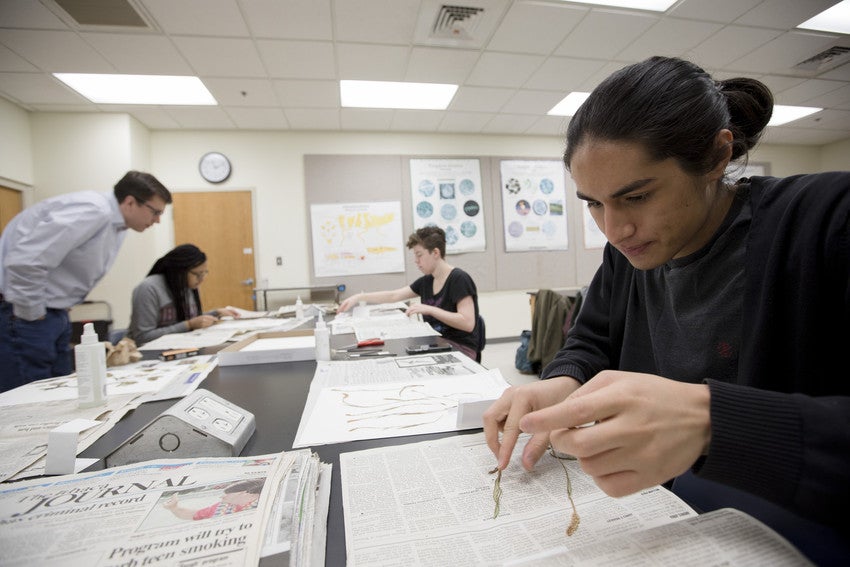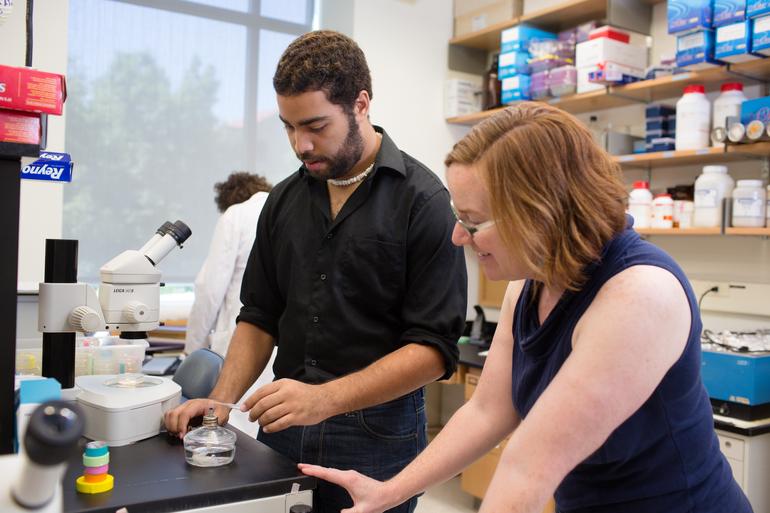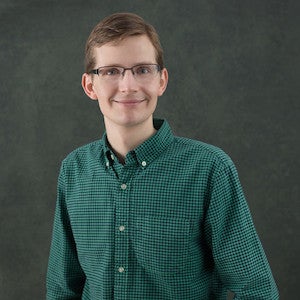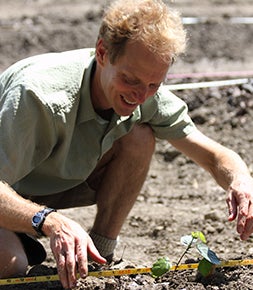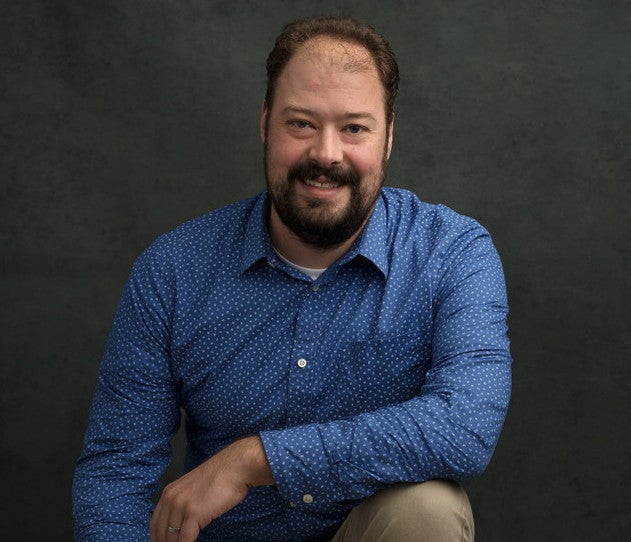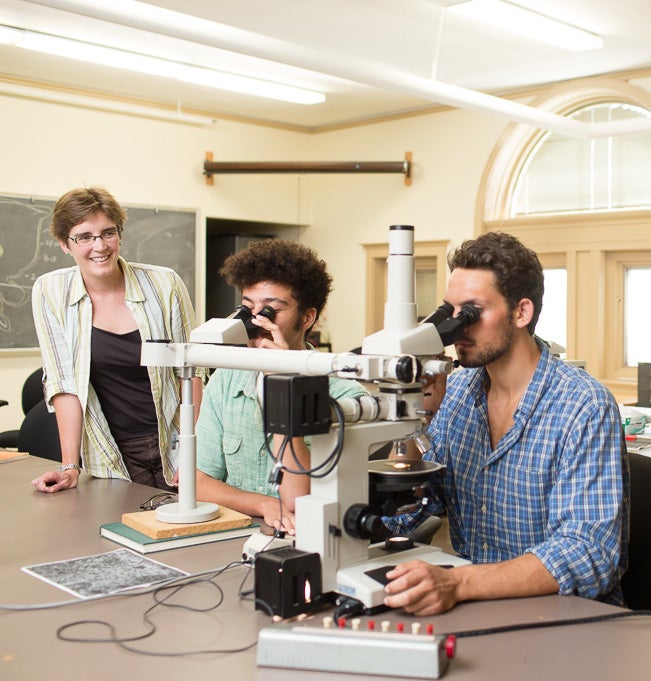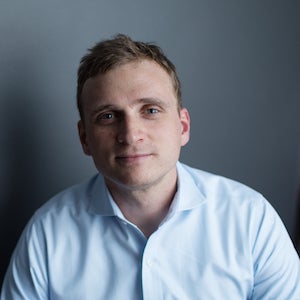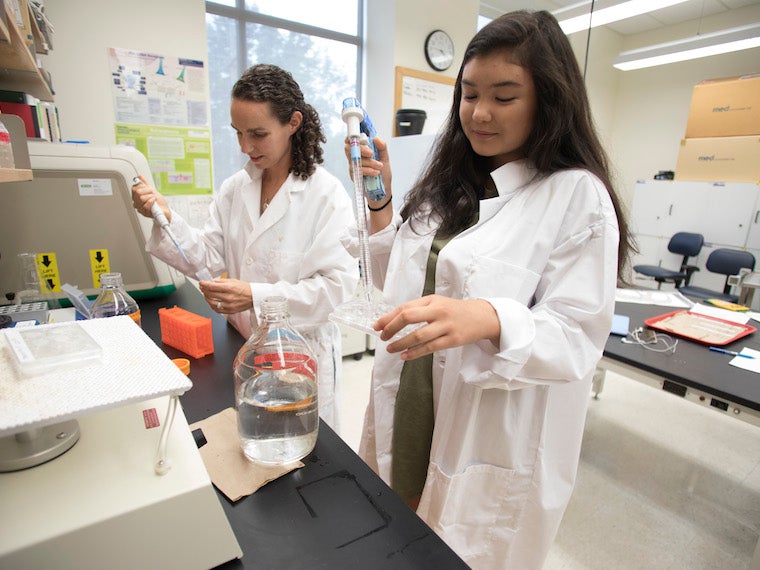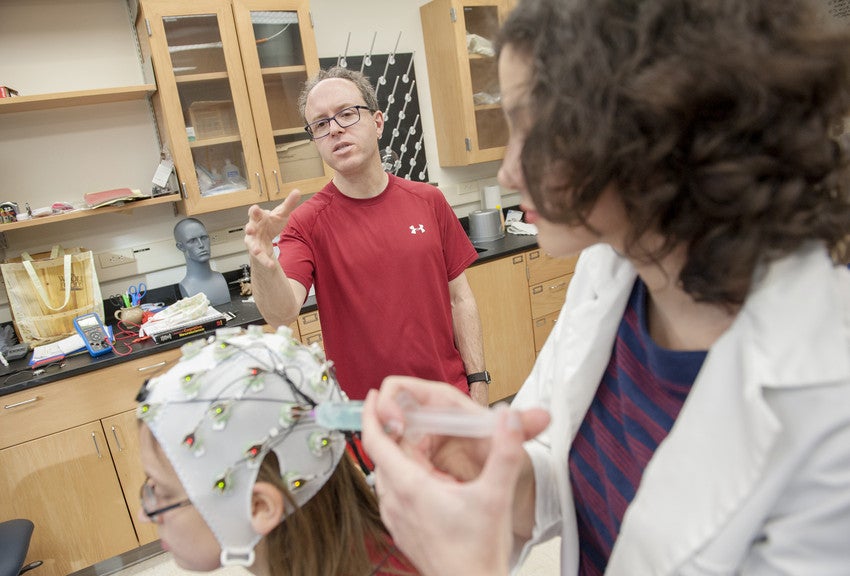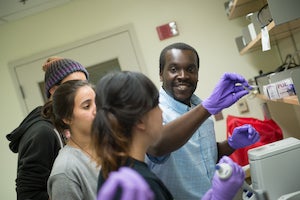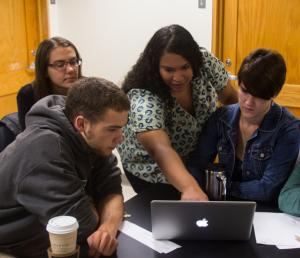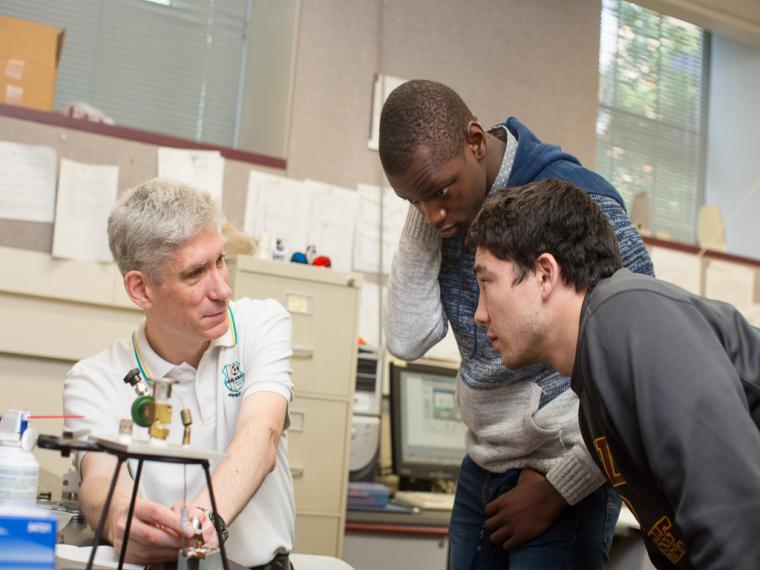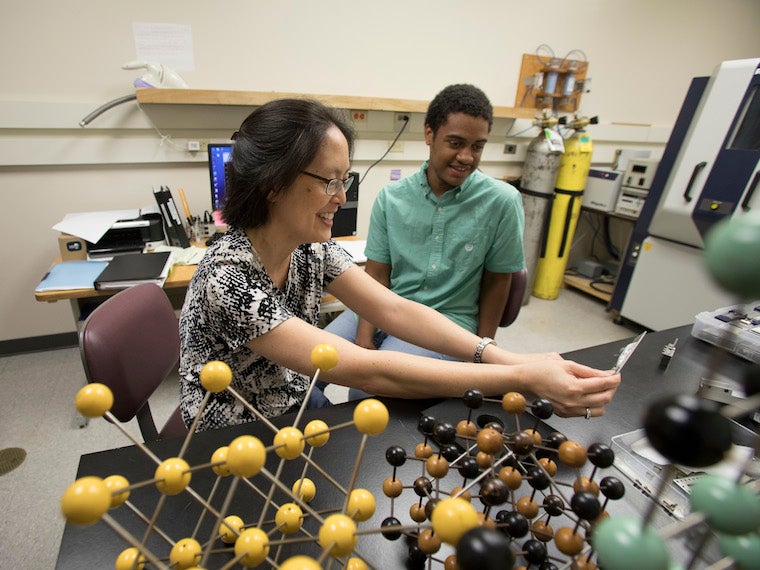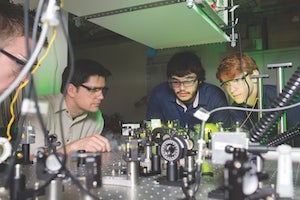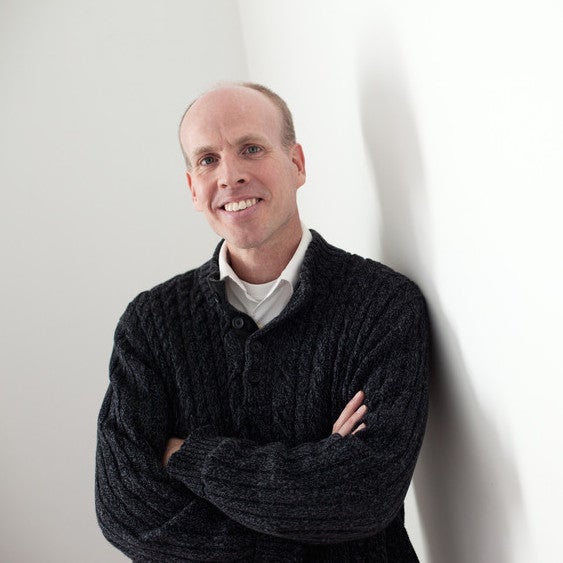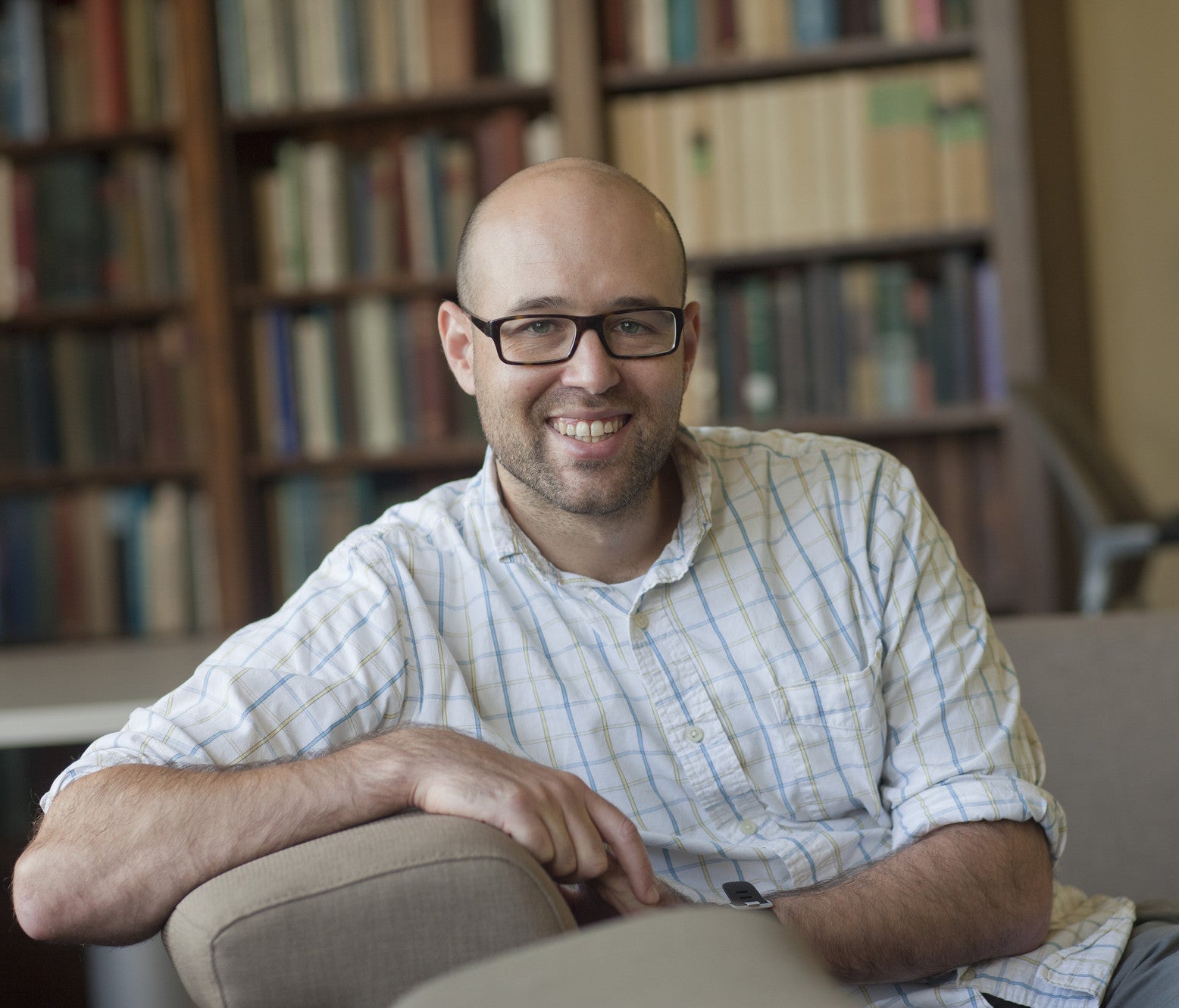Undergraduate Research
Past Research Projects
Biology
MOORE Research Group
Plants are constrained by the fact that they must grow rooted in a particular soil. Nearly all plant species have special preferences for certain kinds of soils, but we know surprisingly little about how soil preferences have contributed to the diversification of plant life on Earth. Much of Professor Moore's biology research involves using DNA sequence data to reconstruct the evolutionary history of a unique group of desert plants that grow only on the unusual mineral gypsum, which is difficult for most plants to survive on. Consequently his work involves a mix of techniques, including field, lab, and computational sudies. A STRONG Scholar in the Moore lab will explore the previously unknown evolutionary history of these gypsum plants through generating DNA sequence data in the lab, followed by sophisticated computational analyses of the resulting sequences to reconstruct patterns of diversification.
PETERS Research Group
Professor Peters’s biology research group works to understand how cells communicate at the level of molecules, cells, and systems. For our experiments we use a small nematode, C. elegans, that is understood in great detail. We have many tools available for our studies: genetics, microscopy, behavioral assays, pharmacology and genetic engineering. A STRONG Scholar will contribute to an ongoing project that investigates how a calcium wave triggers the release of peptides that alter the activity of neurons. These neurons function in a periodic motor program controlling digestion. The STRONG Scholar will work closely with Professor Peters and in collaboration with two continuing female undergraduates researchers.
Chemistry and Biochemistry
PARSONS Research Group
The Parsons lab uses chemistry and biochemistry to study the molecular mechanisms by which enzymes are involved in physiological processes like metabolism and cell death. Students in his lab synthesize new chemical structures which they then employ as probes to study the functions of proteins in different biological settings. Current work focuses on proteins implicated in pathways underlying diseases like type II diabetes and Parkinson’s disease. A STRONG Scholar will make and purify new chemical compounds that, in collaboration with a continuing student in the lab, will then be tested for their ability to inhibit potential disease targets.
Environmental Studies
ENVIRONMENTAL DASHBOARD Research Group
The Environmental Dashboard Research Lab is led by Professors Cindy Frantz, John Petersen, and Rumi Shammin. Their interdisciplinary environmental studies and psychology research is centered on developing and testing novel forms of socio-technical feedback designed to promote pro-environmental behavior change in the community. A STRONG Scholar will work to further develop and assess the impact of the "Community Voices" and community events calendar components of the Environmental Dashboard. This may involve conducting interviews, conducting surveys, engaging in testing or assisting in the development of new software. The Scholar will take part in research meetings along with other student research fellows. They will gain exposure to various aspects of research design, management, and implementation.
Geology
PAGE Research Group
Students working with Professor Zeb Page use metamorphic rocks as probes into regions below mountain ranges and deep in subduction zones to understand deep earth processes that are impossible to observe directly. A fundamental part of this work involves the imaging and chemical analysis of minerals using Oberlin’s scanning electron microscope (SEM/EDS). This summer, a STRONG Scholar will work closely with Professor Page and continuing students to improve the accuracy and precision of chemical analysis by SEM, by designing new analytical protocols and experiments to test them.
SCHMIDT Research Group
Professor Schmidt's geology research is focused on the effects people have on erosion. The research applies chemistry and computer science to environmental questions in a geology framework. Students in her lab use short-lived fallout radionuclides to understand how activities, such as farming and logging, affect erosion. The lab works on projects in locations ranging from Ohio to Dominica to China. The STRONG scholar in the group will work with other students, including at least one former STRONG scholar, to prepare samples for analysis, count samples in a gamma detector, and analyze results. The STRONG Scholar will learn to prepare and analyze samples for fallout radionuclides (specifically 137Cs, 210Pb, and 7Be) and present results in effective figures.
Mathematics
MARX Research Group
This summer project will explore some of the mathematical origins of music. One of the earliest pieces of evidence for the existence of irrational numbers is Pythagoras’s tuning problem. The ancient Greek philosopher Pythagoras is credited with discovering that, when trying to tune a stringed instrument in successive fifths, one can never reach the octave perfectly. This imperfection puzzled and intrigued musicians for nearly two thousand years, leading to various suggestions of how to tune instruments. Mathematically, the problem can be understood through properties of irrational circle rotations. STRONG Scholars working with Professor Marx will be learning tools from advanced calculus, which will allow them to mathematically capture, and rigorously prove, the main features of Pythagoras's tuning problem. In addition to developing the skills to write a correct and meaningful mathematical proof, students will also learn how to use LaTeX, the main typesetting program used for writing research papers in mathematics and the theoretical sciences.
Neuroscience
PAINE Research Group
Adverse childhood experiences increase the risk of developing a number of different health conditions in adulthood. In particular, early adverse experiences predispose individuals to a number of psychiatric conditions, including substance abuse. In the Paine lab, we will be using a rodent model of adverse childhood experiences to look at how these experiences shape the brain and behavior. A STRONG Scholar working on the project will learn to analyze brain tissue via Western blot and immunohistochemistry.
SIMEN Research Group
Humans and non-human animals alike make simple perceptual decisions all day long: e.g. is this berry ripe enough to pick? There is a well-supported mathematical model of the process by which our brains make these simple decisions — the drift-diffusion model (DDM). The Simen Lab investigates new applications and modifications of this model to try to explain how we incorporate rewards into our decisions. We simulate these models on computers and analyze their predictions mathematically. Then we test whether the predictions hold, using behavioral measures (eyetracking and response times) and electroencephalography.
G. KWAKYE Research Group
Professor Gunnar Kwakye's neuroscience research is utilizing cell models of Parkinson's disease (PD), Huntington’s disease (HD), and Multiple System Atrophy (MSA) to establish and uncover the cellular and molecular mechanisms that underlie nature-nurture interplay (gene-environment interactions) in the above neurodegenerative diseases. The overarching research goal is to understand the basis of selective neuronal dysfunction and loss in PD, HD, and MSA by leveraging environmental influences sharing common modes of neurotoxicity and neurodegeneration. Additionally, we seek to utilize novel approaches to mitigate neurodegeneration. Two STRONG Scholars would work closely with Professor Kwakye and his research students on reading and discussing scientific literature, designing new experiments, conducting tissue culture, cellular and biochemical experiments, analyzing data, and making presentations to the lab and at the Oberlin College Celebration of Undergraduate Research in the Fall.
L. KWAKYE Research Group
Professor Leslie Kwakye’s neuroscience research deals with how the brain combines information from the different senses and how cognitive factors such as attention modulate this multisensory integration. Furthermore, Professor Kwakye is interested in studying how the complex relationship between attention and multisensory integration develops in children and whether it is altered in different groups of individuals such as musicians and those with developmental disorders. Professor Kwakye employs both psychophysical and neuro-imaging techniques in her research to investigate how sensory and cognitive factors interact in the brain to give rise to our unique perceptions of the world around us. The STRONG Scholar selected to work in professor Kwakye's lab would be working on analyzing electroencephalography data investigating the neural mechanisms of how the brain combines temporally precise audiovisual input.
Physics
FITZGERALD Research Group
Professor FitzGerald’s physics research uses infrared spectroscopy to look at trapped hydrogen molecules for possible use in fuel cells, batteries to power cars, laptops, and other electronic devices. The research focuses on behavior that is explained by the use of quantum mechanics that is understandable by beginning physics students. A STRONG Scholar will work closely with Professor FitzGerald on designing new pieces of equipment, obtaining spectra, and analyzing the data.
IJIRI Research Group
Professor Ijiri’s physics research is centered on understanding unusual magnetic materials, in particular, magnetic nanoparticles which are now of interest for both biomedical and data storage applications. In order to determine magnetic structure within and between the particles, her lab uses a variety of experimental methods, both here at Oberlin and at other institutions such as the National Institute of Standards and Technology, Carnegie Mellon University, and Case Western University. A STRONG Scholar will work in the lab helping with one technique, designing and testing a new liquid sample cell for some x-ray scattering measurements.
STALNAKER Research Group
Approximately 80% of the matter in the known universe is made of something that is completely different than the matter that makes up our everyday world. What this so-called dark matter is remains an open question. Professor Stalnaker’s physics lab is working on an experiment to search for dark matter using a network of atomic magnetometers. These atomic magnetometers use lasers to prepare atoms in a particular state where they are sensitive to certain types of dark matter. By comparing the data of magnetometers stationed throughout the earth one can search for cosmic dark matter as the earth moves through the galaxy. A STRONG Scholar will work closely with Professor Stalnaker and an advanced undergraduate student to characterize and upgrade a magnetometer station located at Oberlin College. The Scholar’s role will include optical setup, data collection, and analysis.
Psychology
WILSON Research Group
The Wilson Lab studies child and adolescent development in school settings. A STRONG Scholar who works in the Wilson Lab may choose between 1 of 2 projects. The first project involves a collaboration with a large urban school district in the Great Lakes region of the United States. Developmental changes in peer relationships (e.g., friendship networks, peer groups) and academic motivation among low-income elementary school children are examined. The second project involves a collaboration with a large urban school district in the Southwest region of the United States. Roughly 45% of the district’s high school graduates complete a baccalaureate degree within 4-6 years. The project’s aim is to identify key social and academic factors that predict college persistence and attrition among the district’s alumni. Both projects involve large-scale statistical analysis, literature review, and academic writing. Project 2 also includes qualitative analysis of interviews. The STRONG Scholar, working alongside Dr. Wilson and 3 upper-class Psychology students, will learn how to use statistical software (SPSS), navigate electronic library resources, and craft a proposal for a research presentation at a scientific conference.
THIBODEAU Research Group
Professor Thibodeau’s Language and Cognition psychology lab explores the relationship between language and thought. One of the main goals of the lab is to understand how people use metaphors and analogies to think about complex social and health issues like crime and chronic pain. For example, does talking about crime as a virus (“plaguing a community”) versus a beast (“preying on a community”) affect the way people think crime should be addressed? Recent work in our lab suggests that people are more likely to think about the underlying situational factors that give rise to crime (educational and economic conditions) when it is framed as a virus. A STRONG Scholar will collaborate on research projects in the lab by helping to identify patterns of metaphor in natural language, and running experiments to test whether metaphors shape thought. The Scholar will learn about reviewing the scientific literature, designing studies, analyzing data, and presenting results—all important components of the research process.
Photographs by Brannon Rockwell-Charland '14, Jennifer Manna, Sela Miller '15, Matthew Lester, Kevin G. Reeves, Zoe Madonna, Tanya Rosen-Jones '97
